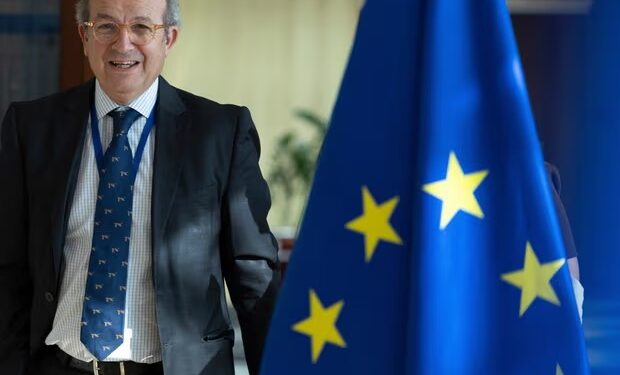A pivotal step for European defence and Kyiv’s resilience
On 21 May 2025, the European Union finalised a €150 billion loans programme, dubbed the Security Action for Europe (SAFE), to bolster its defence capabilities and provide critical military support to Ukraine. Described by EU Defence Commissioner Andrius Kubilius as an “important breakthrough,” the scheme aims to address the shortfall in military aid following the United States’ suspension of support under President Donald Trump in early 2025. Part of a broader €800 billion rearmament plan, SAFE allows EU member states to borrow from Brussels for defence projects, with a focus on joint procurement and strengthening Ukraine’s war effort against Russia. This initiative marks a significant shift towards European strategic autonomy amid growing geopolitical uncertainty.
The SAFE programme, approved on 20 May 2025, enables EU countries to access low-interest loans to purchase weapons, including artillery, missiles, drones, and anti-drone systems, with 65% of funded equipment required to be sourced from the EU, Ukraine, or European Economic Area states. This clause ensures economic benefits for European and Ukrainian defence industries while fostering integration. Member states have six months to submit defence project plans, with countries like Germany and Poland already signalling intent to leverage the scheme. However, larger economies such as France, Italy, and Spain remain cautious due to high debt levels, raising doubts about whether the full €800 billion target, which includes €650 billion in fiscal flexibility, will be met.
The programme responds to the urgent need to support Ukraine, particularly after Trump’s decision to halt US military aid, which previously accounted for 20% of Ukraine’s most critical weaponry. By May 2025, Europe had provided €62 billion in military aid to Ukraine, compared to the US’s €64 billion, with an additional €70 billion in humanitarian and financial support. The SAFE loans, combined with a separate €35 billion EU loan backed by frozen Russian assets, aim to close Kyiv’s estimated €33 billion military funding gap for 2025. Kubilius emphasised that the scheme could “massively step up” support for Ukraine, enabling joint procurement with Kyiv and enhancing its defence industry.
The UK, though not eligible for SAFE loans, benefits from a recent EU-UK security pact signed on 18 May 2025, allowing British defence firms to participate in funded projects for a yet-to-be-determined administrative fee. This agreement, part of Prime Minister Keir Starmer’s reset of EU-UK relations, underscores the UK’s role as an “essential European ally.” However, critics, including some EU diplomats, question whether the programme can fully compensate for the US withdrawal, given Europe’s fragmented defence market and limited production capacity. Hungary’s reluctance to fully endorse Ukraine-focused initiatives further complicates consensus.
Proponents, including European Commission President Ursula von der Leyen, view SAFE as a cornerstone of the “ReArm Europe” plan, launched in March 2025 to reduce reliance on American arms and counter Russia’s ongoing threat. The scheme not only strengthens Ukraine’s position in its conflict but also signals Europe’s commitment to building a resilient defence industrial base, potentially transforming it into a global security player.
newshub finance











Recent Comments